How To Heal A Partial ACL Tear
When most people think of a torn ACL, they envision a gruesome injury suffered by professional athletes. However, knee injuries can occur to anyone, not just those engaged in high-risk sports. The ACL, or anterior cruciate ligament, is a key stabilizer in the knee joint, and a tear can lead to severe pain and instability. Treatment typically involves surgical repair of the ligament, followed by extensive rehabilitation. In some cases, a partial or complete replacement of the ACL may be necessary. In other cases, the ligament is left to repair on its own when the tear is only partial (1). Regardless of the extent of the injury, a torn ACL can have a significant impact on one's quality of life. For this reason, it is important to seek medical attention as soon as possible if you suspect that you may have suffered a tear. However, there are some things you can do at home to help speed up the healing process.
Blog Contents
What Is A Knee Joint Made Of?
The knee joint is classified as a hinge-type synovial joint that is made when the end of the femur and the beginning of the tibia come together. In addition, the patella (kneecap) articulates with the femur in front of the knee joint. Several ligaments keep the joint position stable. The medial and lateral collateral ligaments (MCL and LCL) keep the joint stable on both sides. The anterior cruciate ligament (ACL) and posterior cruciate ligament (PCL) cross in the middle of the knee to keep the knee stable both on the inside and outside. (2)
The ACL is located in front of the PCL and, thus, is considered anterior. Cartilage covers the ends of bones at the joints and acts as a protective cushion to prevent bone-to-bone contact. The knee joint is encased in a connective tissue membrane called the joint capsule, which is lined with a synovial membrane. This membrane secretes a small amount of fluid that lubricates and nourishes the joint cartilage. The muscles that move or stabilize the knee joint are located around it. (3)
Can You Heal an ACL Tear?
The anterior cruciate ligament (ACL) is one of the main stabilizing ligaments that maintain the position of the knee joint. It is made up primarily of collagen, a type of protein that gives the tissue its strength and elasticity. The ACL attaches the femur (thighbone) to the tibia (shinbone) and helps to prevent the tibia from sliding out in front of the femur.
Treatment for an ACL tear often includes surgically repairing or replacing the ligament, followed by a period of rehabilitation. In some cases, a partial ACL tear can heal on its own with rest and physical therapy. However, this is more likely to occur in people who have a partial tear of the ligament. For people with a complete ACL tear, surgery is generally recommended in order to reduce the risk of further damage to the joint. So, it is important to talk to a doctor right away to find out what kind of ACL injury you have. (4)
Evaluating an ACL Injury
Rest is crucial when you have a partial ACL tear. This means avoiding any activities that put stress on your knee, such as running, jumping, or playing sports. You should also ice your knee for 10- 20 minutes at a time. It is best to repeat this several times a day to reduce swelling and pain.
-
Imaging results, such as magnetic resonance imaging, are critical in determining the extent of the tear
- A thorough evaluation of the condition of the joint is required before making any decisions about treatment
An orthopaedic surgeon may need to intervene to save the joint from damage. On the other hand, it is important to keep in mind that natural therapies can be indicated to help heal a partial ACL tear that is cleared to heal with non-surgical treatment. Even if the decision is made to have ACL surgery, natural therapies can be used along with conservative treatment to speed up healing.
The best way to decide if you need ACL reconstruction surgery is to talk to a doctor who knows your medical history, how long you need to heal, and how active you usually are. This will help you choose the best option and plan a realistic recovery time. A complete treatment plan is one that keeps in mind nonsurgical options and interventions that promote natural healing. The best treatment is one that the patient is likely to stick to. (5)
Supplements To Help With Joint Repair
There are a number of supplements that have been shown to be effective in repairing joint injuries. Collagen and glucosamine are nutrients that are essential for the health of connective tissue. By taking these supplements, you can help to improve the strength and flexibility of the ligament, which can reduce the risk of further injury. In addition, these nutrients can also help to reduce inflammation and pain. If you are considering taking supplements to repair a cruciate ligament tear, it is important to speak to your doctor first to ensure that they are right for you.
Vitamin C
Vitamin C is an essential nutrient for wound healing and tissue repair, so it's not surprising that it can also help with ligament repair. Vitamin C helps the body to produce collagen, a protein that is essential for healthy ligaments. Vitamin C can be found in abundance in citrus fruits, bell peppers, and broccoli. You can also take a vitamin C supplement to ensure that you're getting enough of this vital nutrient. (6)
Methylsulfonylmethane (MSM)
A compound that can also help to support collagen production. Vitamin C and other nutrients are often taken with MSM supplements to help keep ligaments healthy. (7,8)
Glucosamine
Essential for the formation of new cartilage. It's often taken as a supplement to treat osteoarthritis, but it can also be helpful for ligament repair. Glucosamine supplements are usually taken with collagen or chondroitin, which is another important compound for healthy cartilage. (9,10)
Serrapeptase
An enzyme that helps to break down inflammation and scar tissue. It is commonly used to treat injury-induced pain and damage, as well as other conditions associated with inflammation and scarring. Serrapeptase works by breaking down the proteins that cause inflammation and scar tissue. This lets the body get rid of the inflammation and scar tissue, which can make the pain go away and make the body work better. This allows the body to remodel the affected area and reduce inflammation. (15)
A number of clinical studies have shown that serrapeptase is effective in treating a variety of conditions, including carpal tunnel syndrome, sinusitis, and Crohn's disease.
Serrapeptase, as a scar tissue remover and blood thinner, is a good option for treating the pain and inflammation of the traditional, everyday common injury. On the other hand, it is shown to significantly improve the blood supply and may be of benefit to utilize as an anti-inflammatory at the time of injury to help reduce pain and swelling.
It is safe and well-tolerated, with few side effects. Serrapeptase may be an effective adjunctive treatment for ligament inflammation and tares, as well as other conditions associated with inflammation and scarring. If needed, a proteolytic enzyme like serrapeptase may be a better option than medical anti-inflammatory drugs because it can help the body heal without exposing it to its side effects. (16)
Ligament Repair for Partial Tears
How can you heal a ligament? Once a healthcare provider has looked at a joint and decided that it can heal without orthopaedic surgery, a tendon graft, or any other kind of surgery, we move on to helping the body heal. In order for ligament healing to occur, the area should be immobilized to prevent further damage. Once the ligament has been repaired, physical therapy will be necessary to regain strength and range of motion. The rehabilitation process can be slow, but with dedication and focus, most patients are able to make a full recovery in 3 to 6 months.
-
Start by stopping mobilization and supporting the joint
-
Continue to engage the surrounding muscles as much as possible
-
Ask about therapies like acupuncture and electrostimulation to preserve the strength of the surrounding muscles
- Contact a physical therapist to investigate physical activities that are appropriate for your recovery process
Anti-Inflammatory Medications – Natural Treatment Options
Medications that target inflammation may help reduce the pain associated with a knee injury. On the other hand, functional natural supplements may significantly support the healing of the injury at the same time as they reduce pain and swelling.
Article References:
1. https://link.springer.com/article/10.1007/s00264-006-0273-x
2. https://www.sciencedirect.com/science/article/abs/pii/S0268003310001622
3. https://www.sciencedirect.com/science/article/abs/pii/S0883540310000070
4. https://www.sciencedirect.com/science/article/pii/S187705681200240X
5. https://online.boneandjoint.org.uk/doi/full/10.1302/2046-3758.32.2000241
6. https://journals.sagepub.com/doi/abs/10.1177/1533210110392954
7. https://www.sciencedirect.com/science/article/abs/pii/S0006291X20310184
8. https://www.performancelab.com/blogs/nutrition/vitamin-c-and-msm
9. https://www.tandfonline.com/doi/abs/10.1080/15438627.2014.975809
10. https://link.springer.com/article/10.1007/s10067-008-0988-8
11. https://europepmc.org/article/med/7671527
12. https://www.sciencedirect.com/science/article/abs/pii/S0753332216300853
13. https://www.mdpi.com/2072-6643/9/3/290
14. https://www.ncbi.nlm.nih.gov/pmc/articles/PMC7032259/







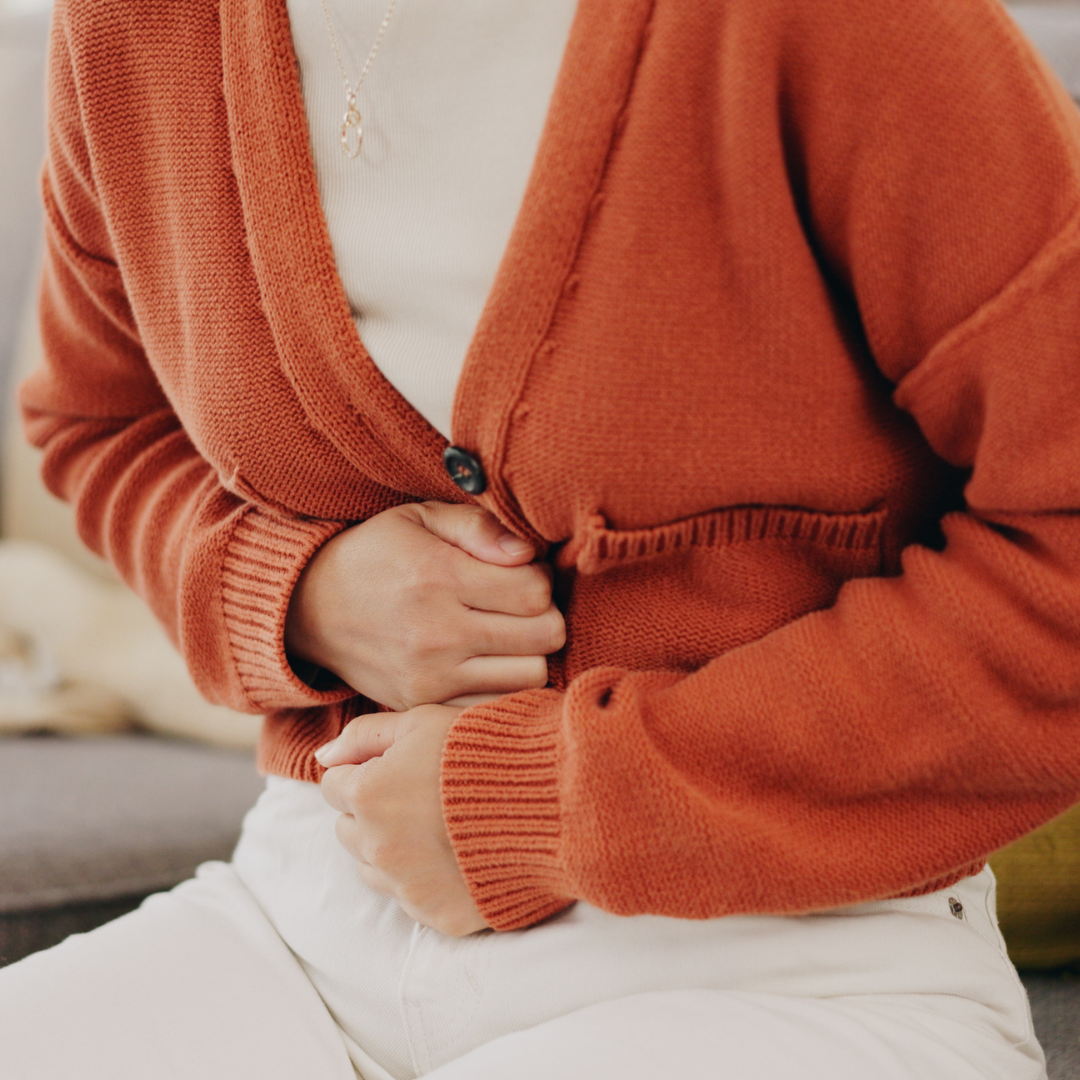

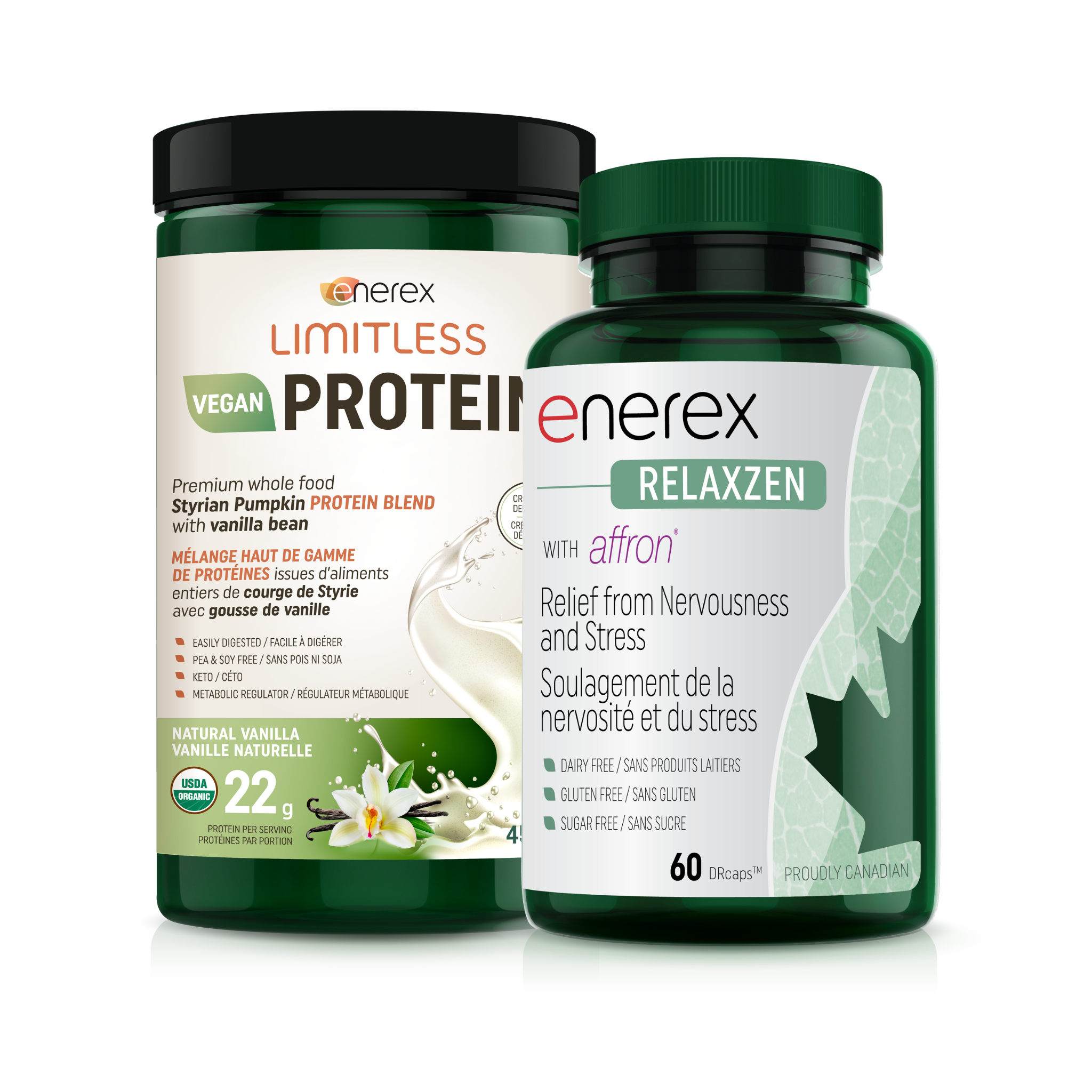
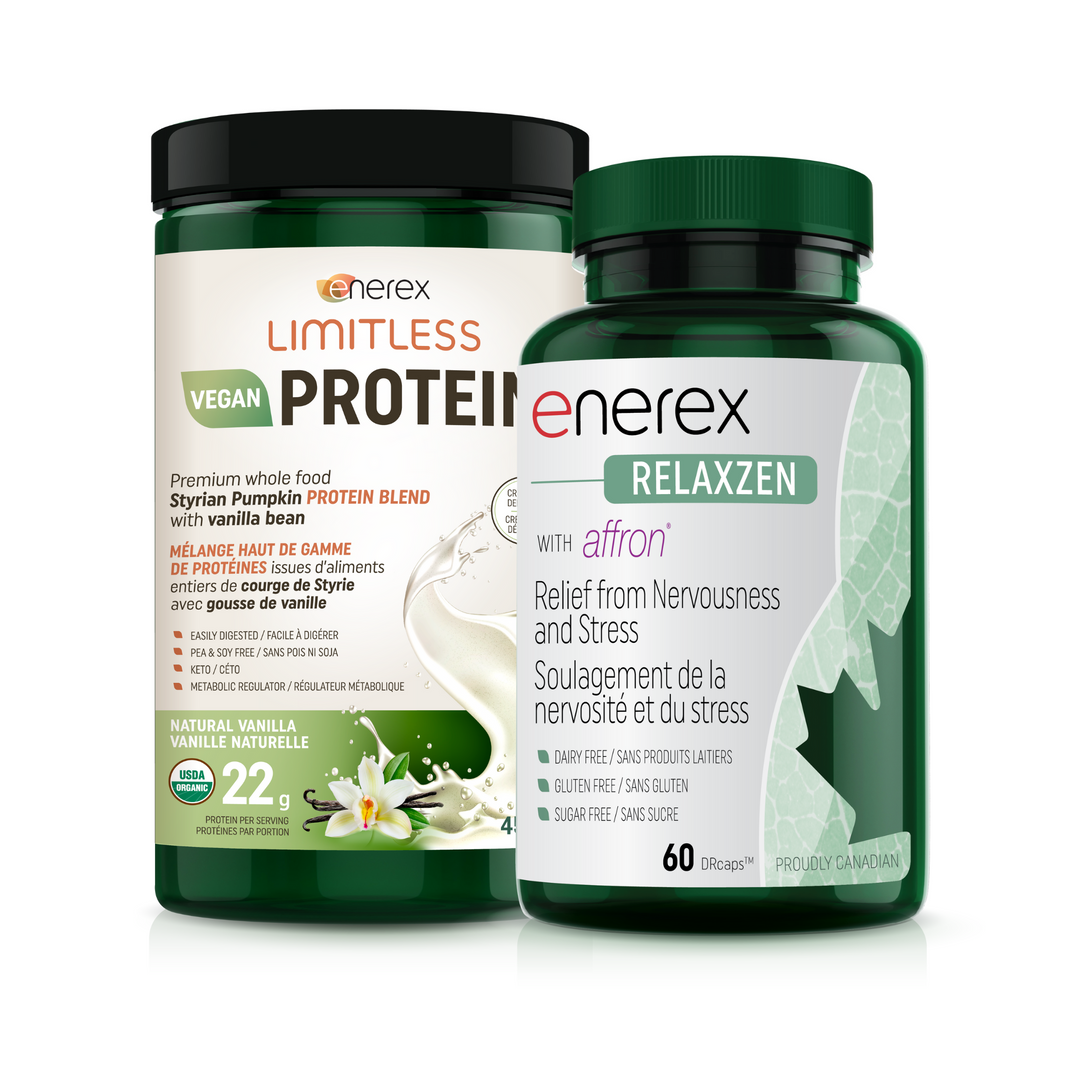
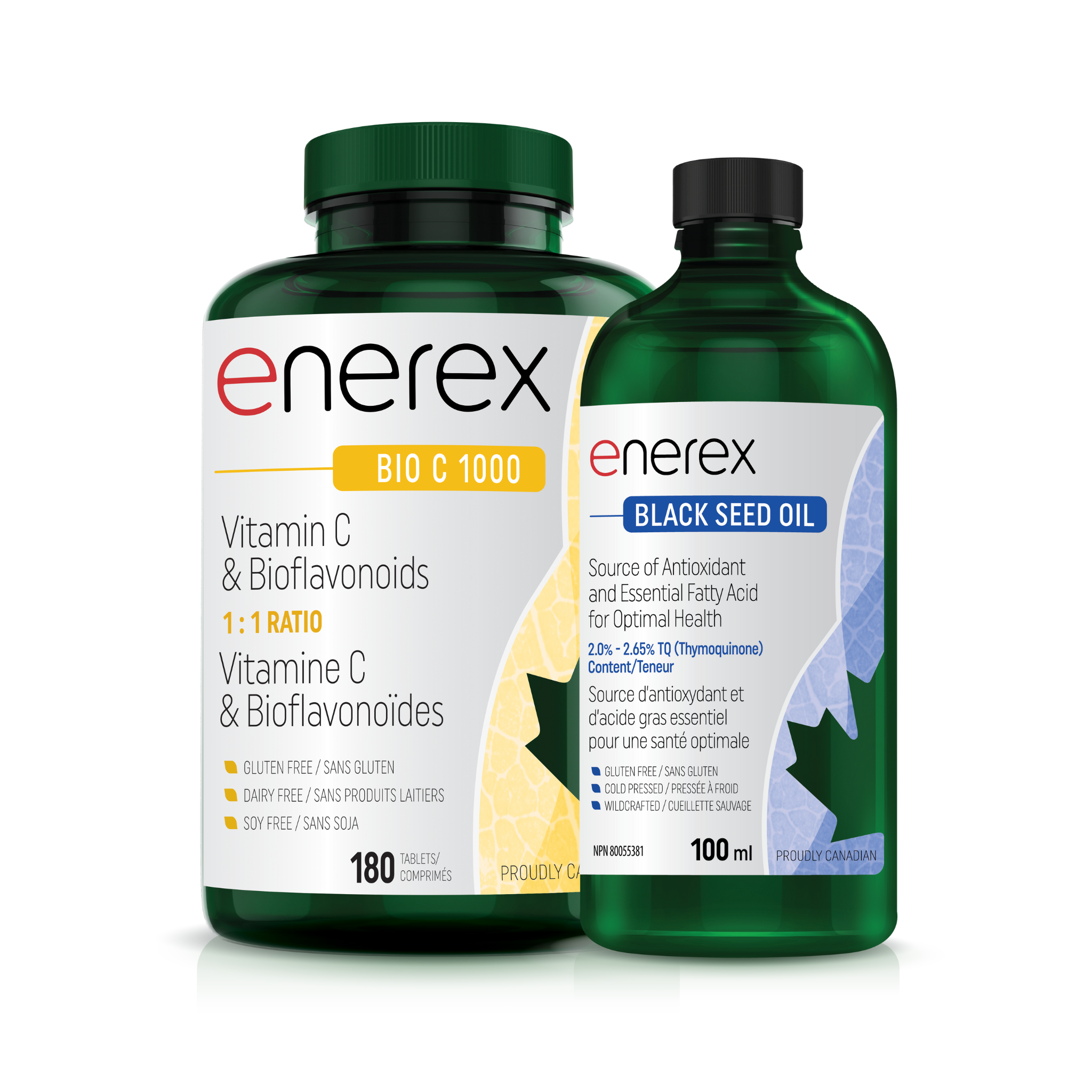
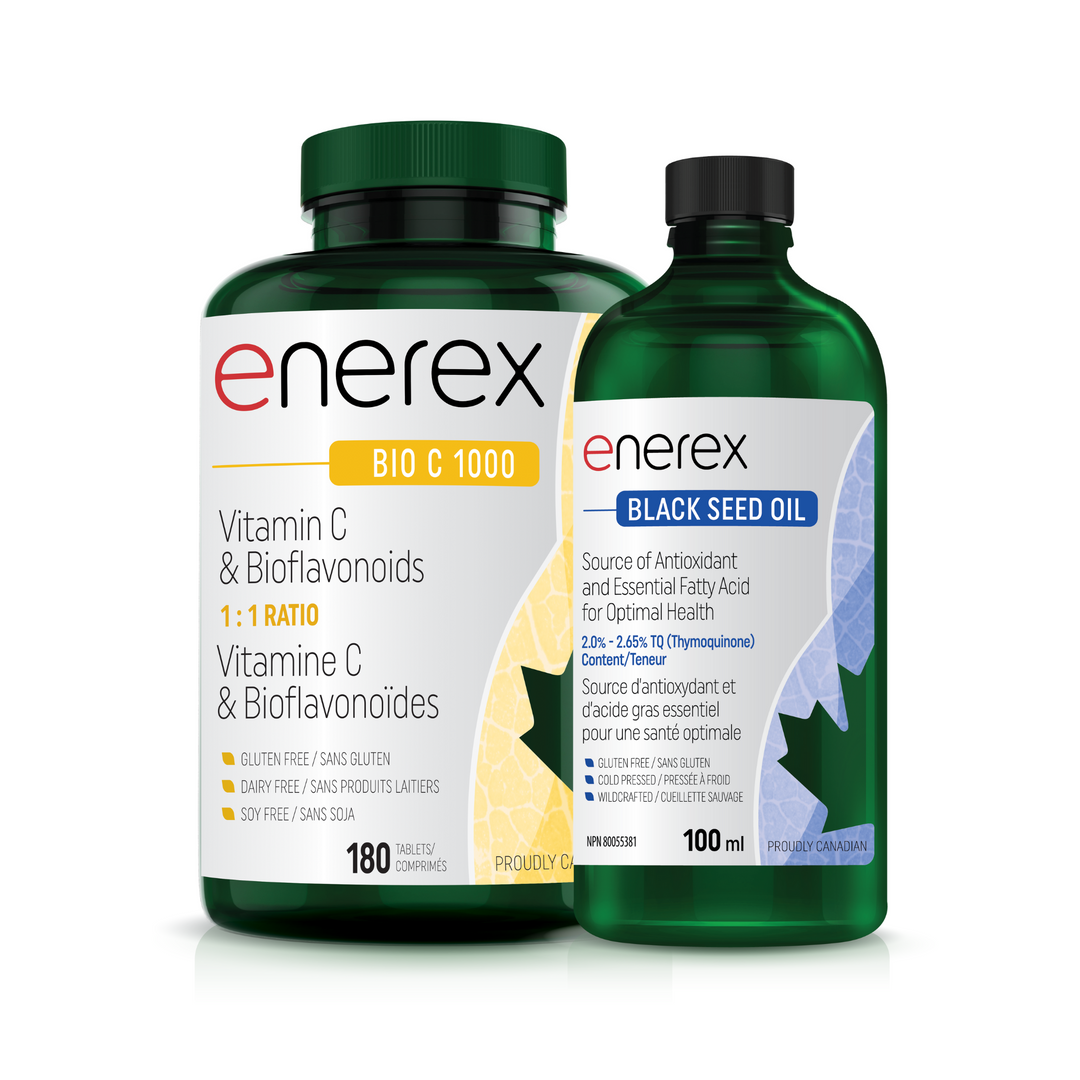
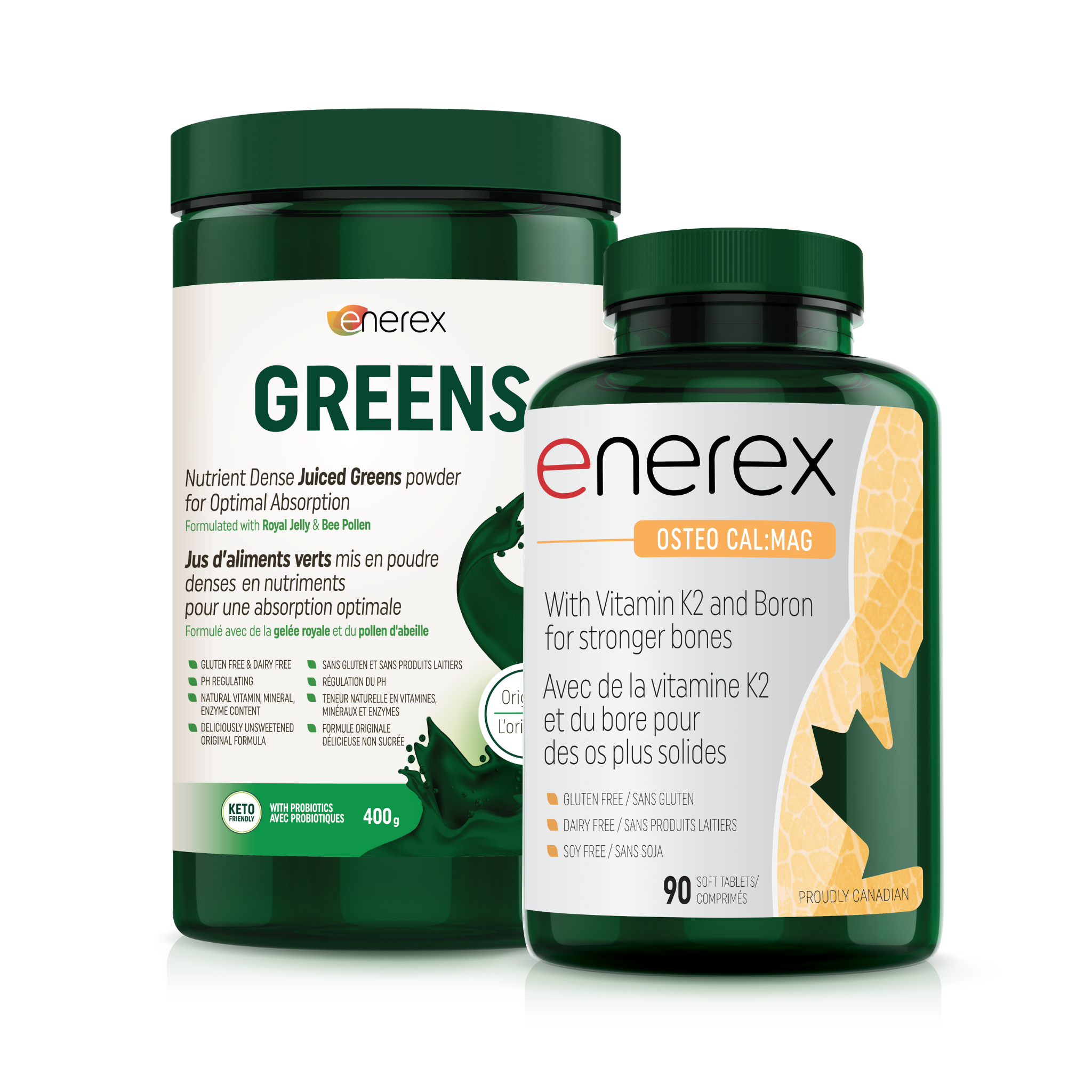
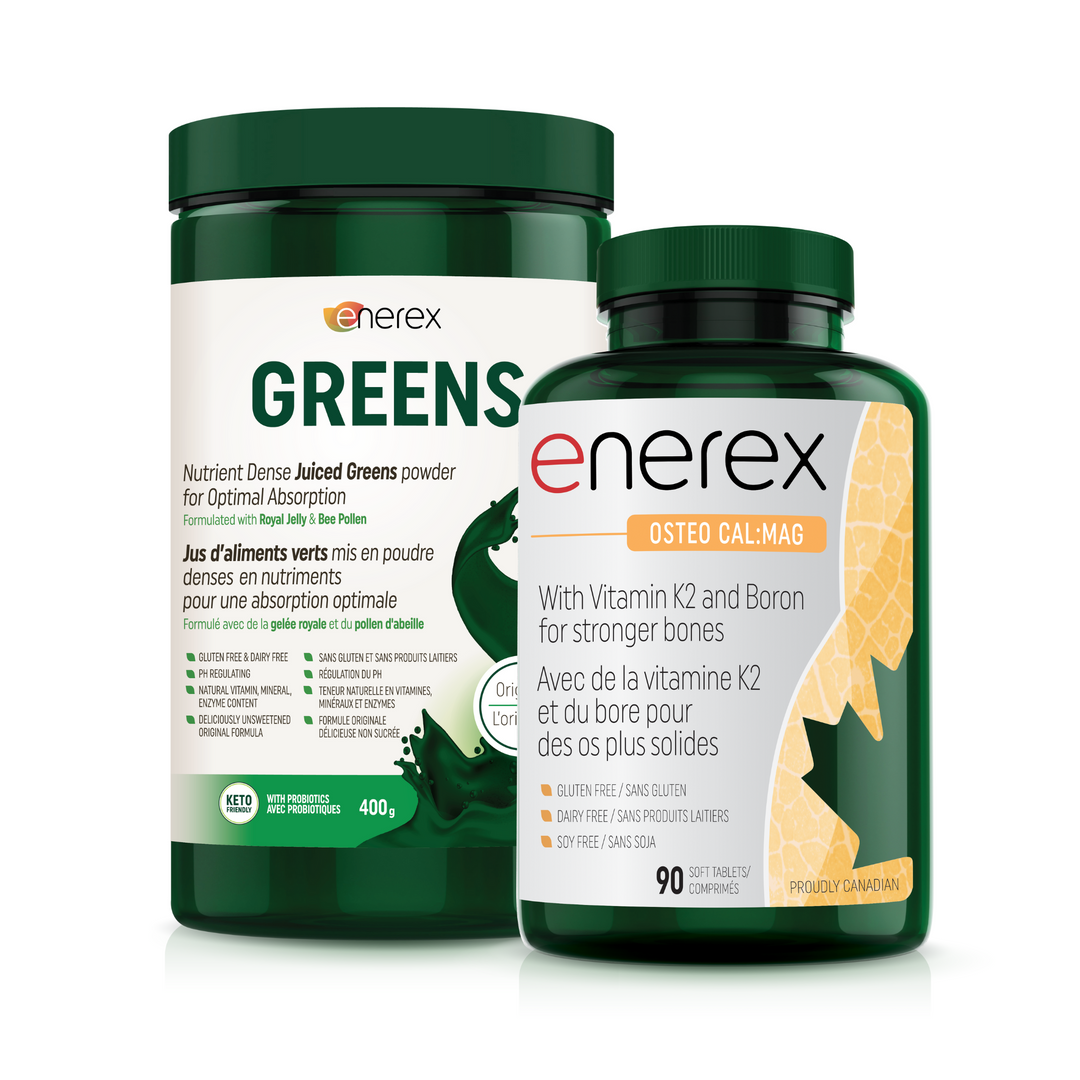
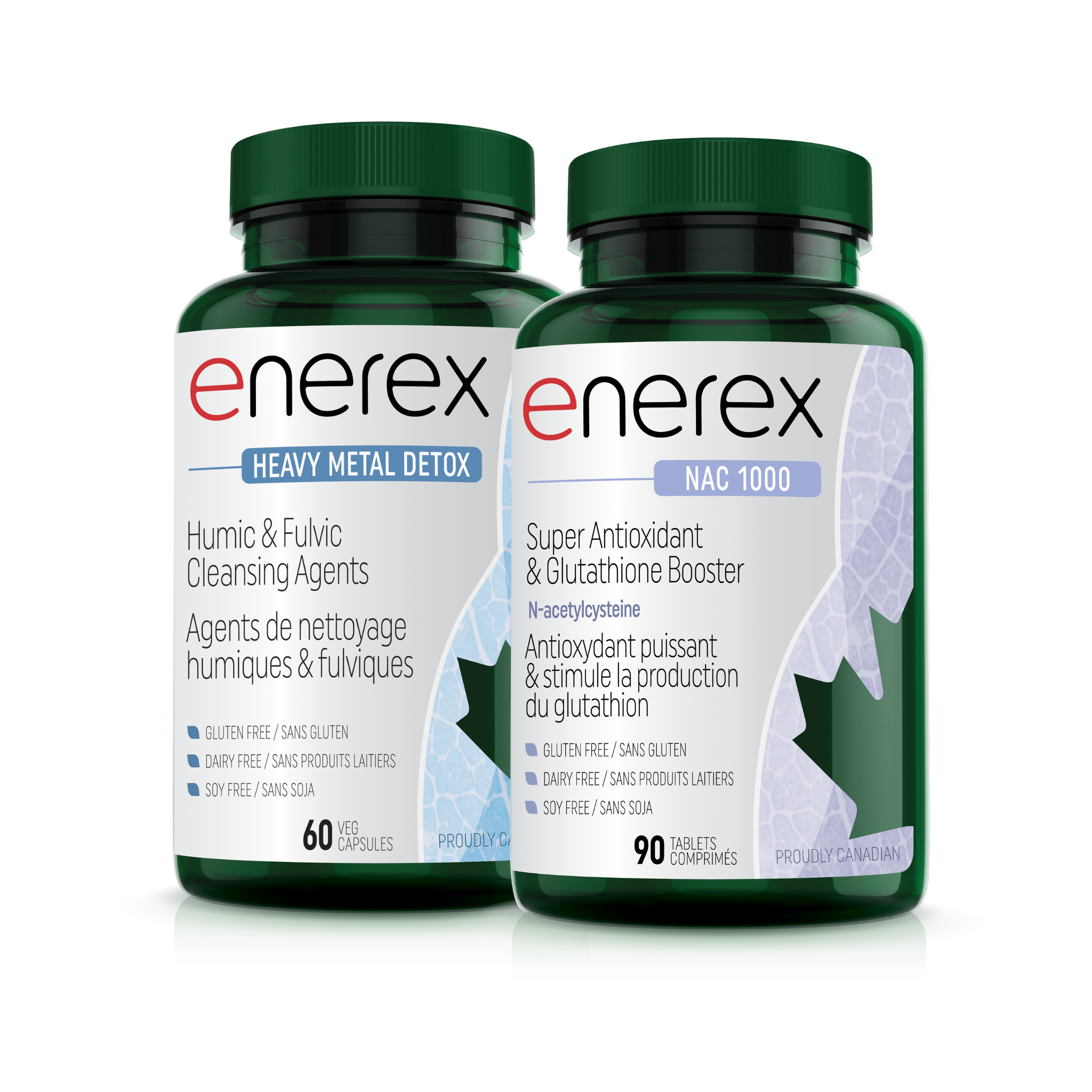
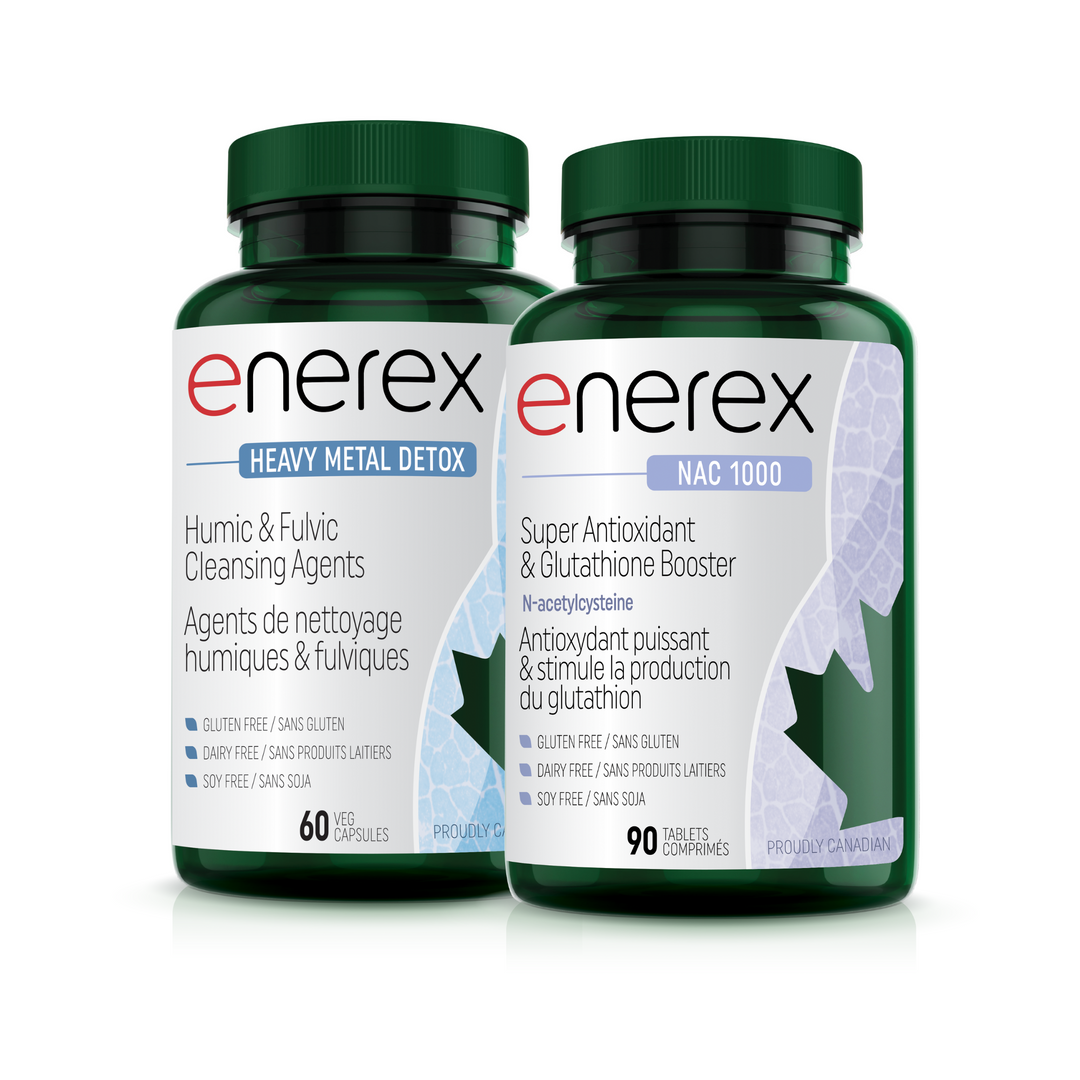
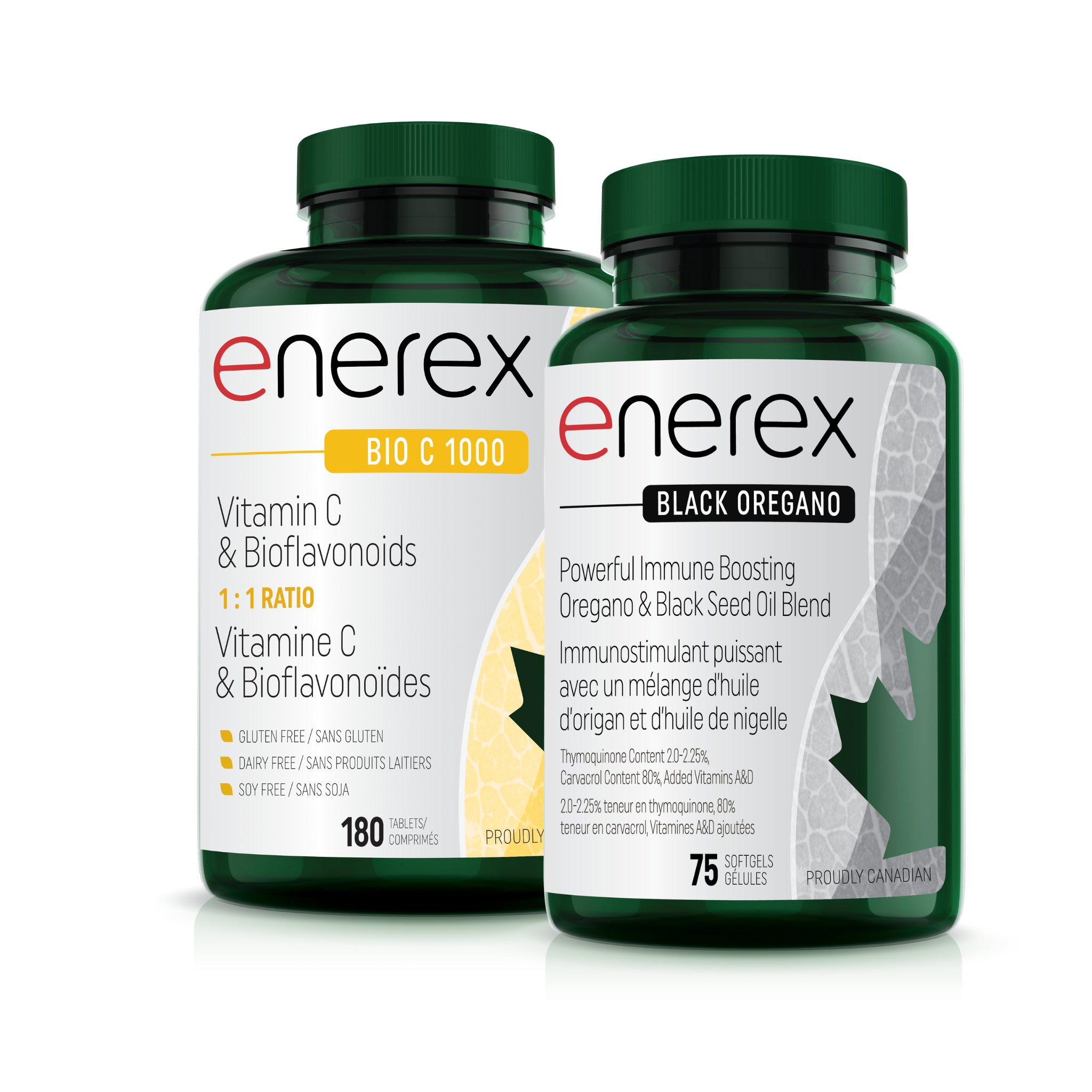
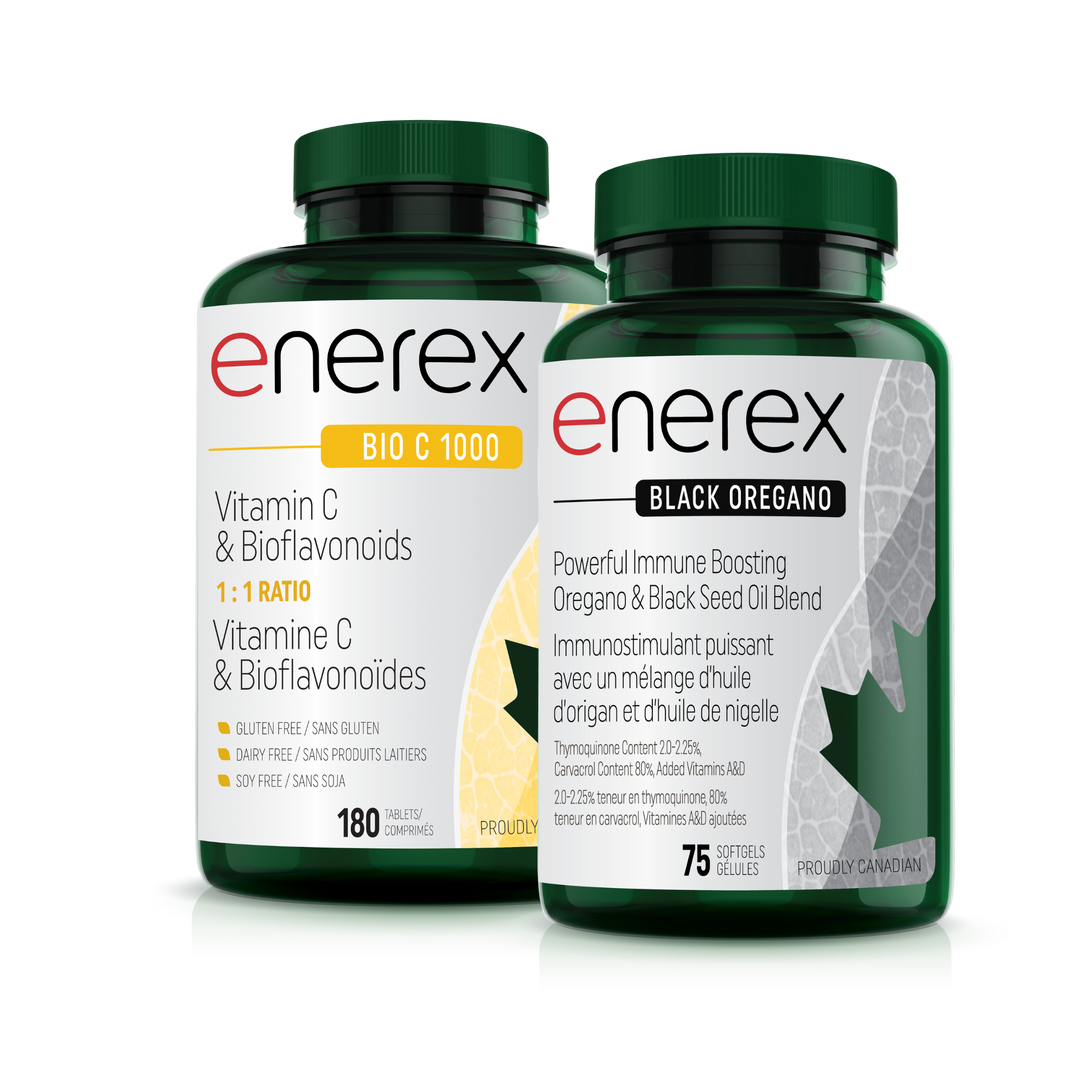
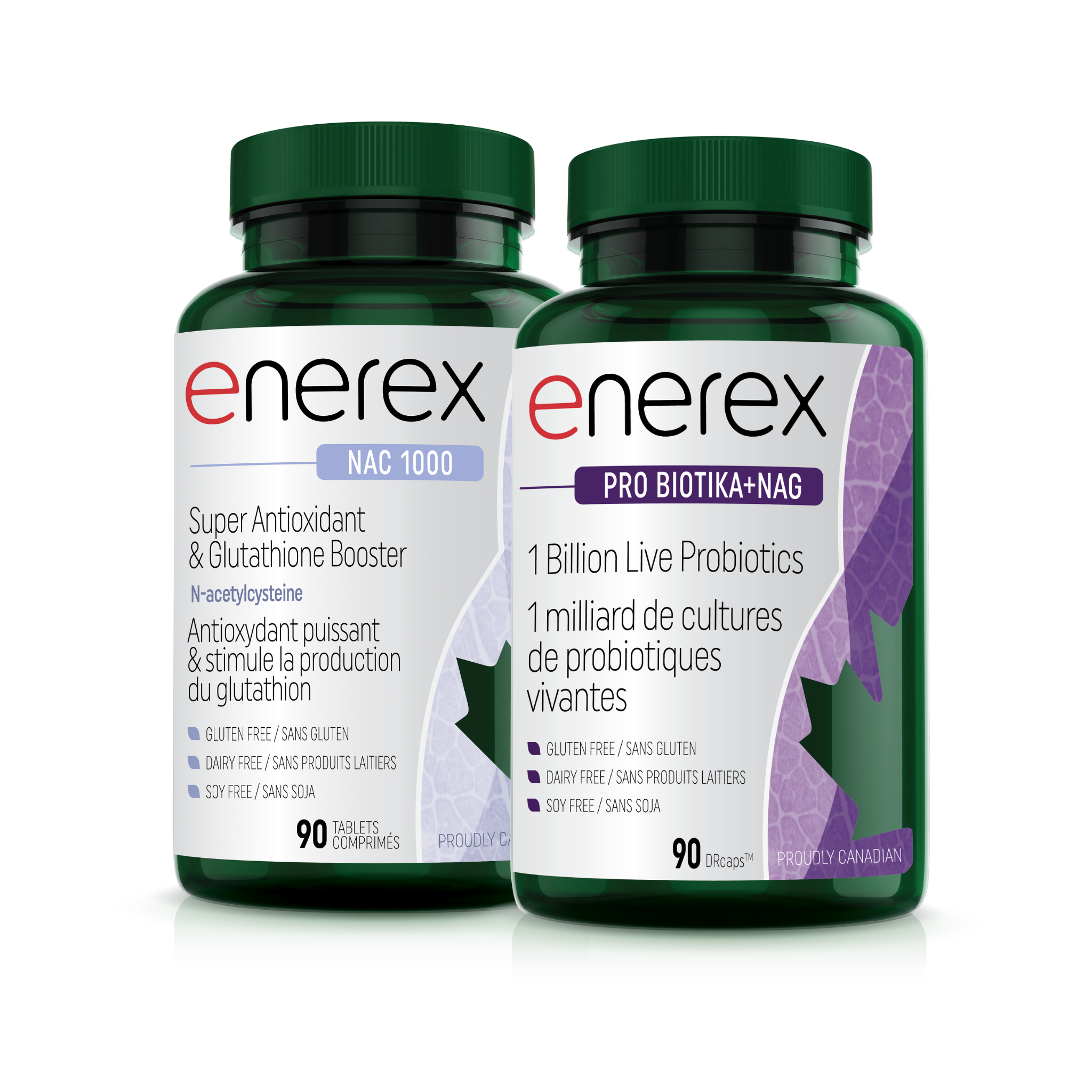
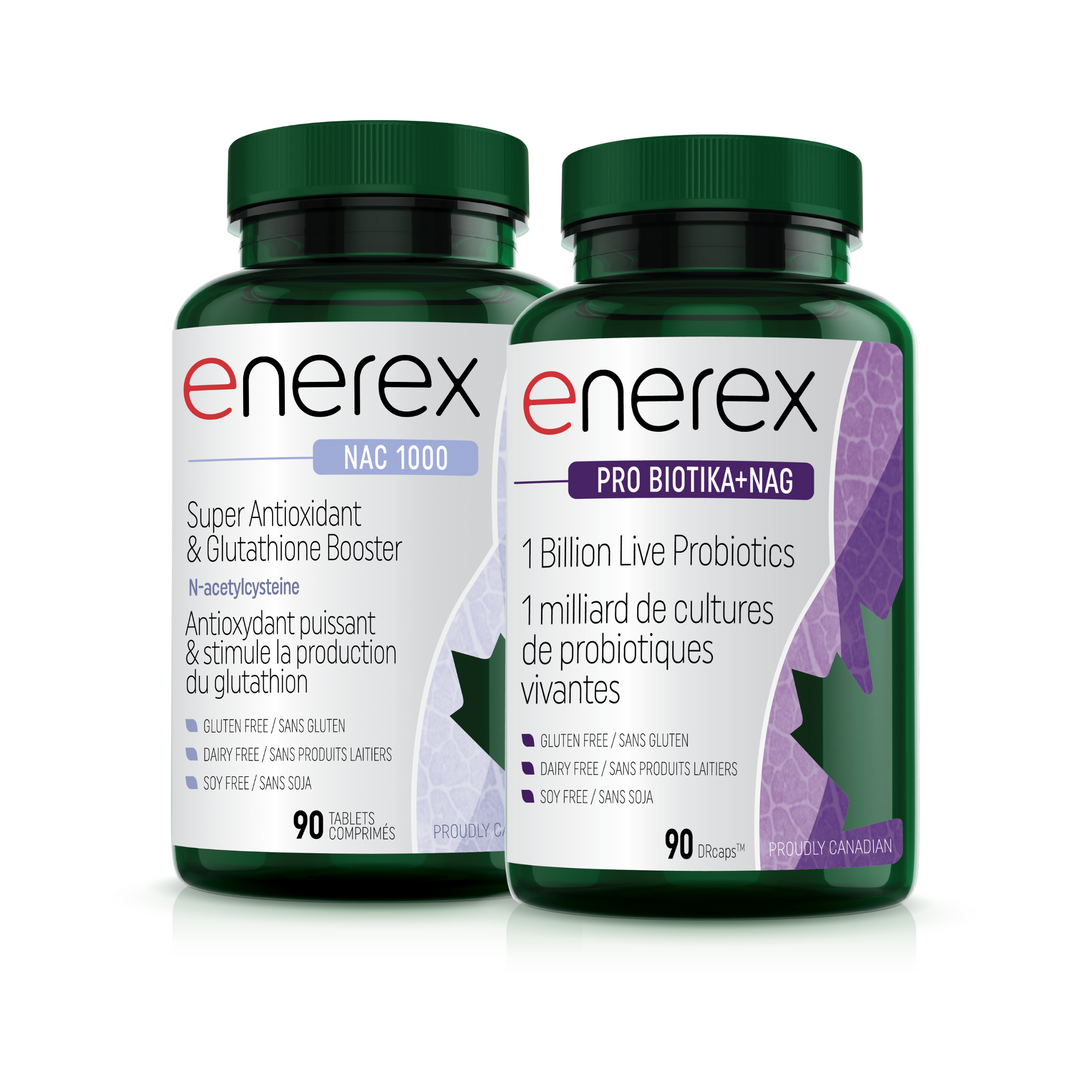
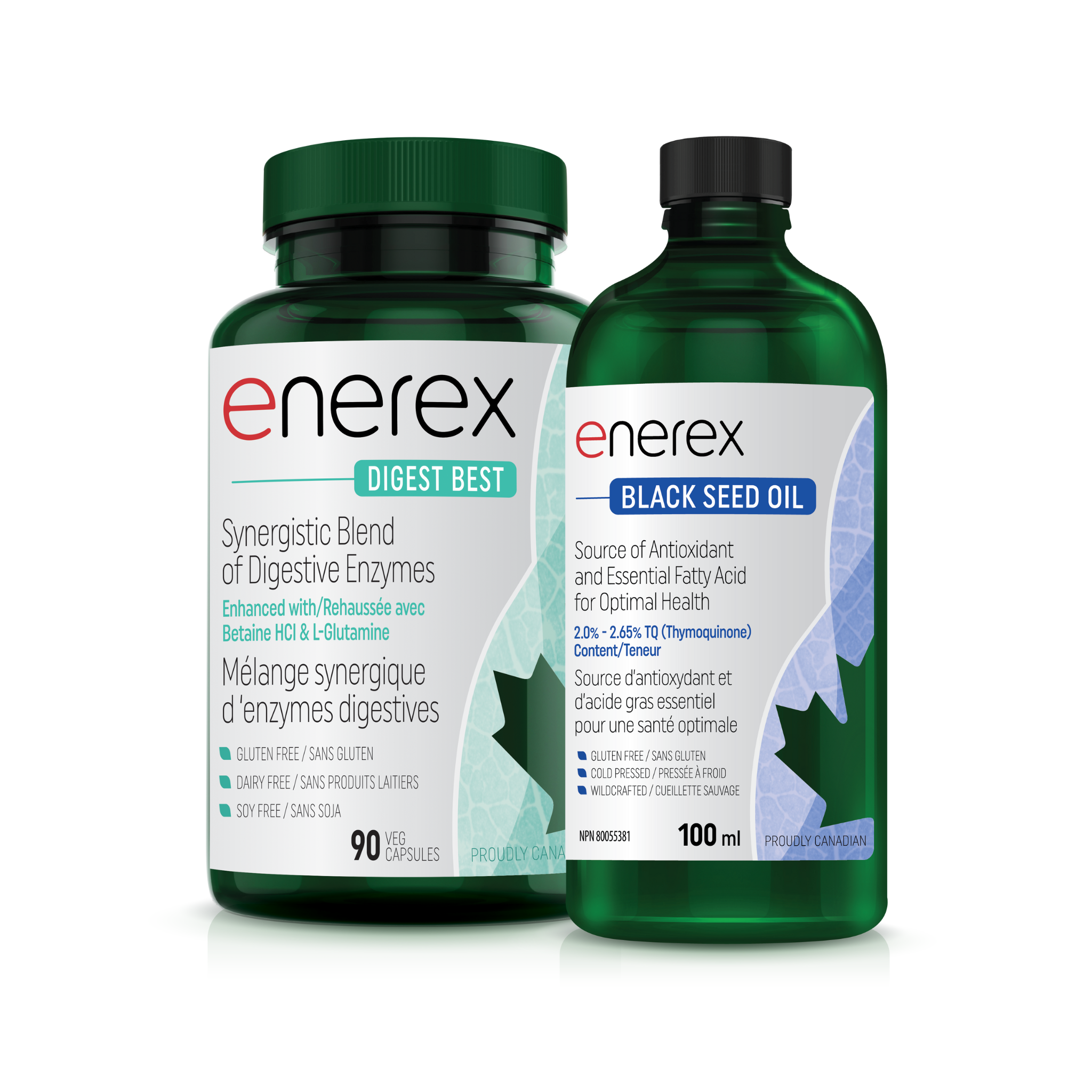
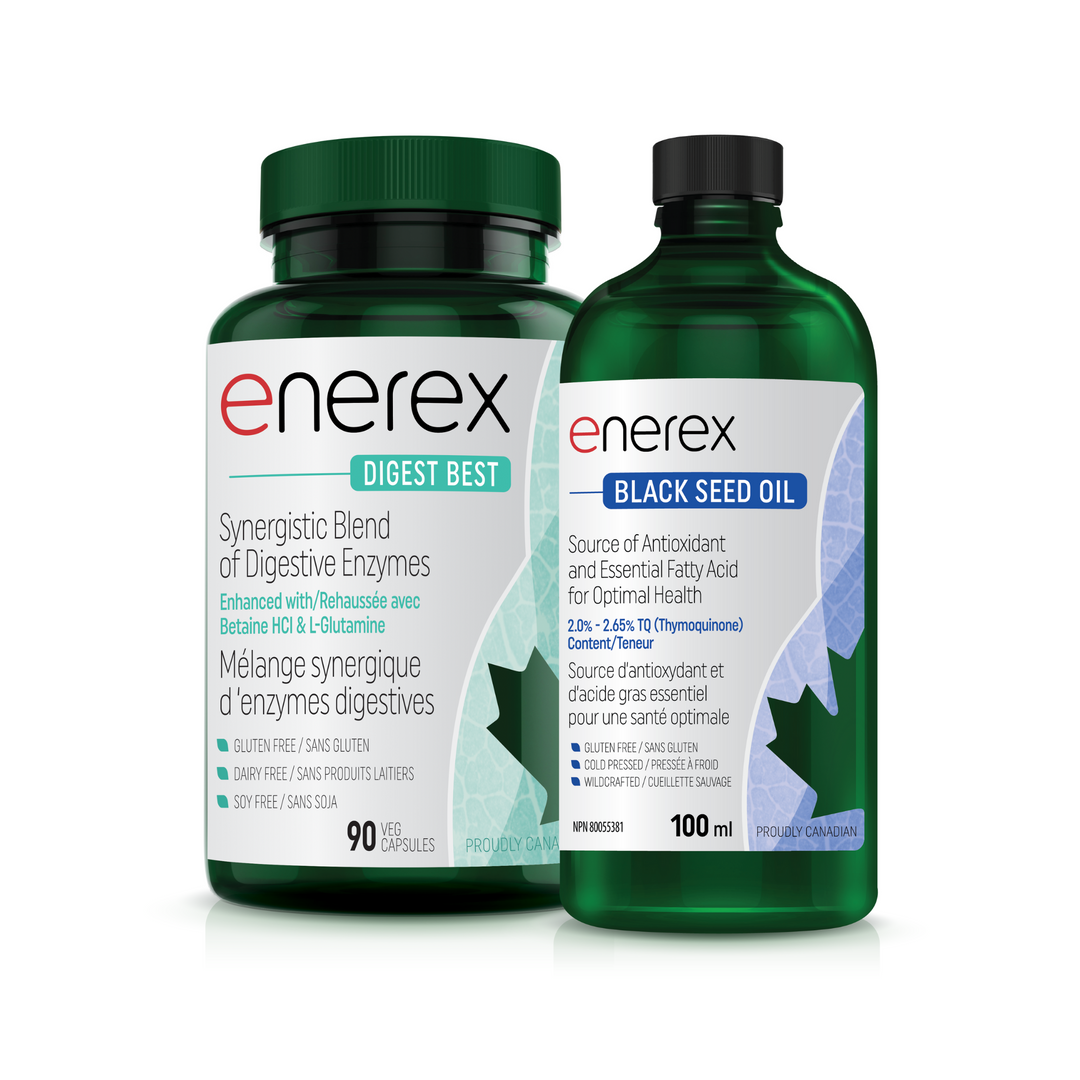
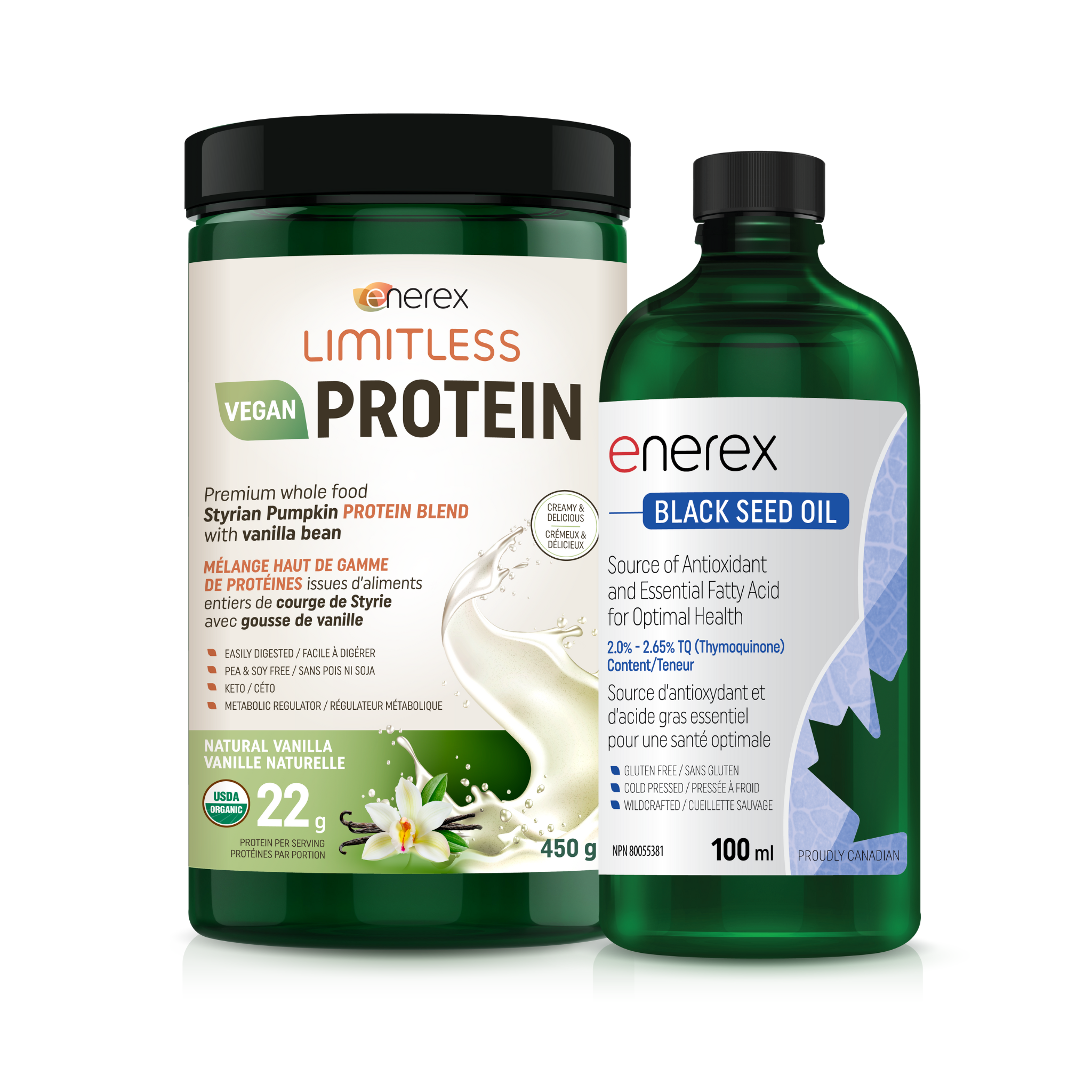
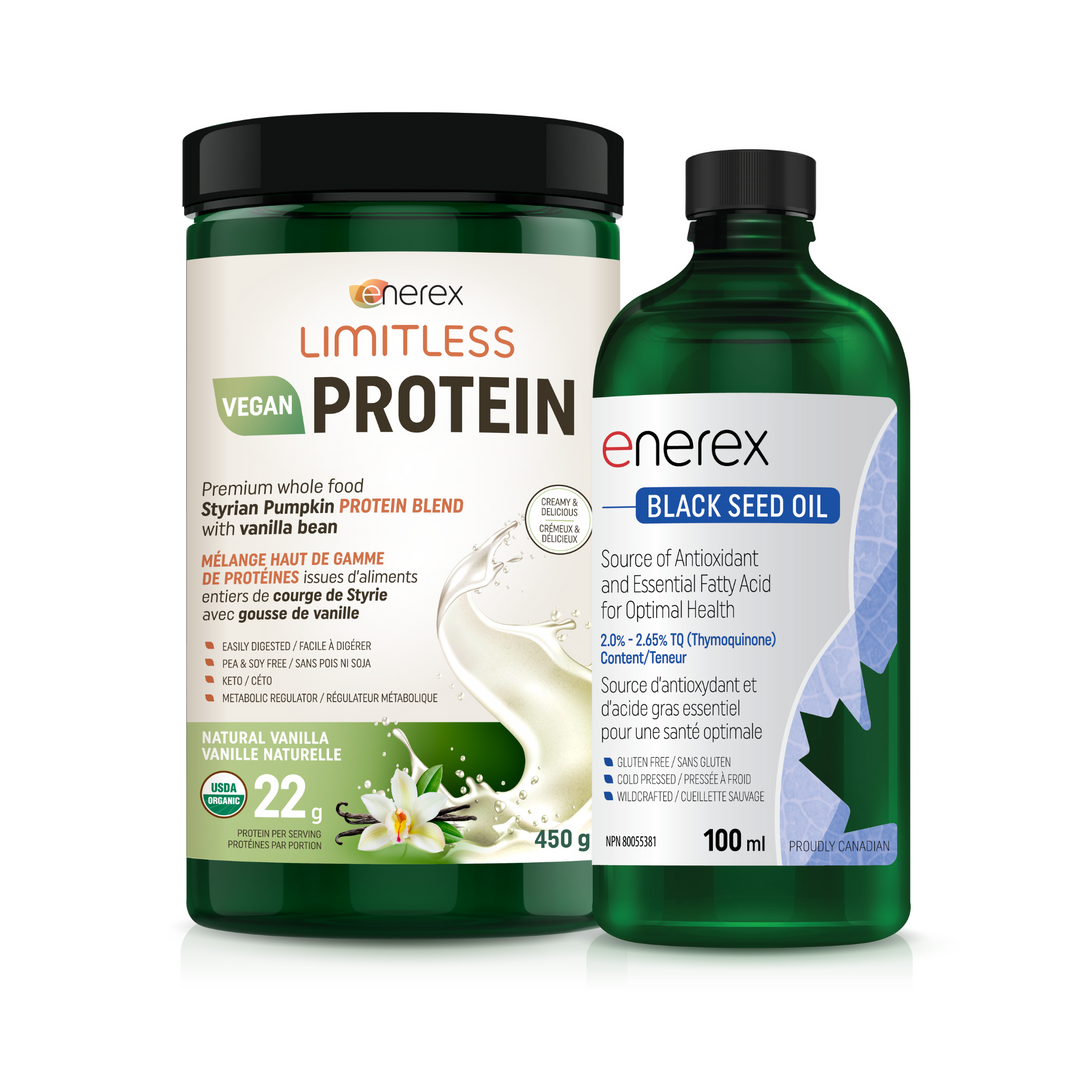
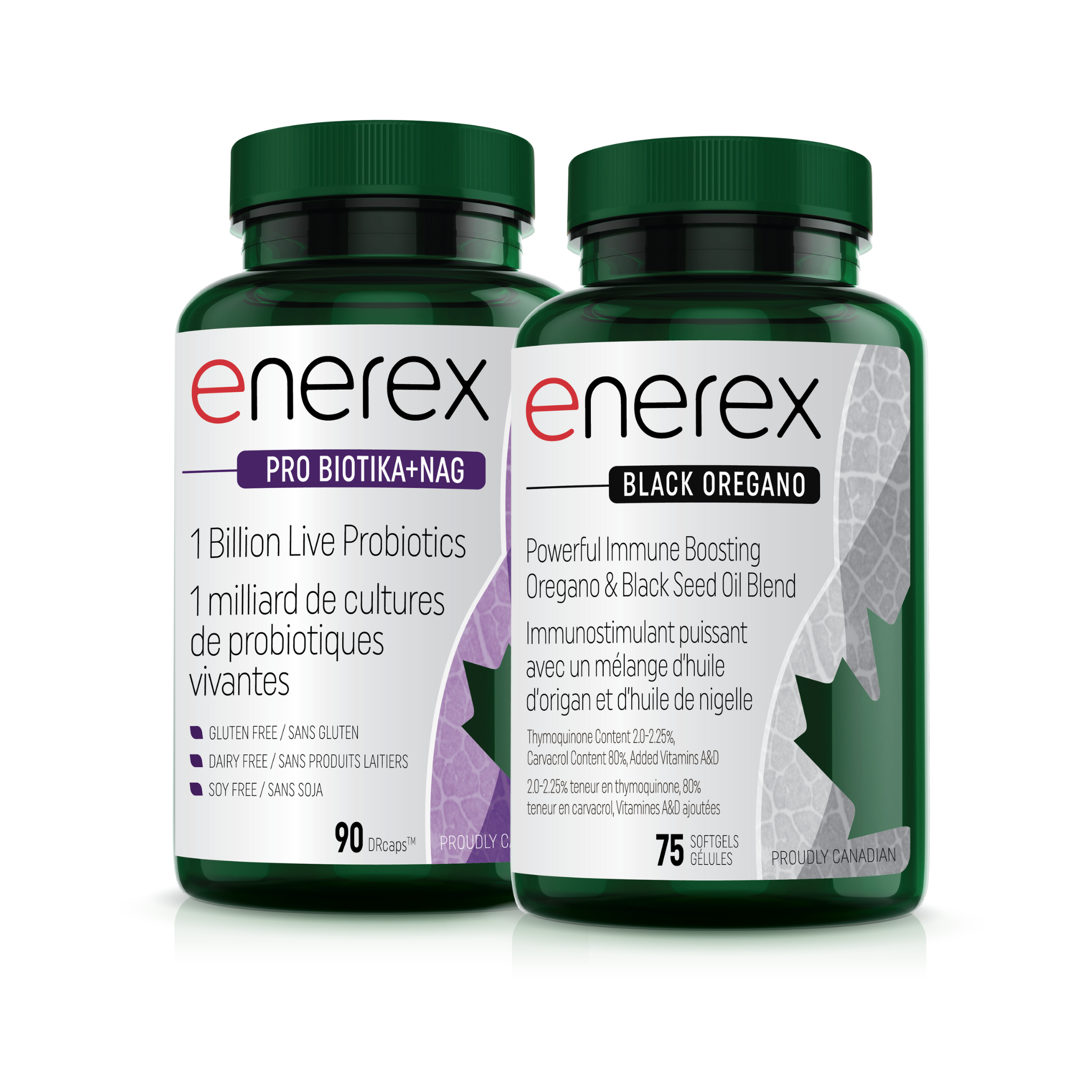
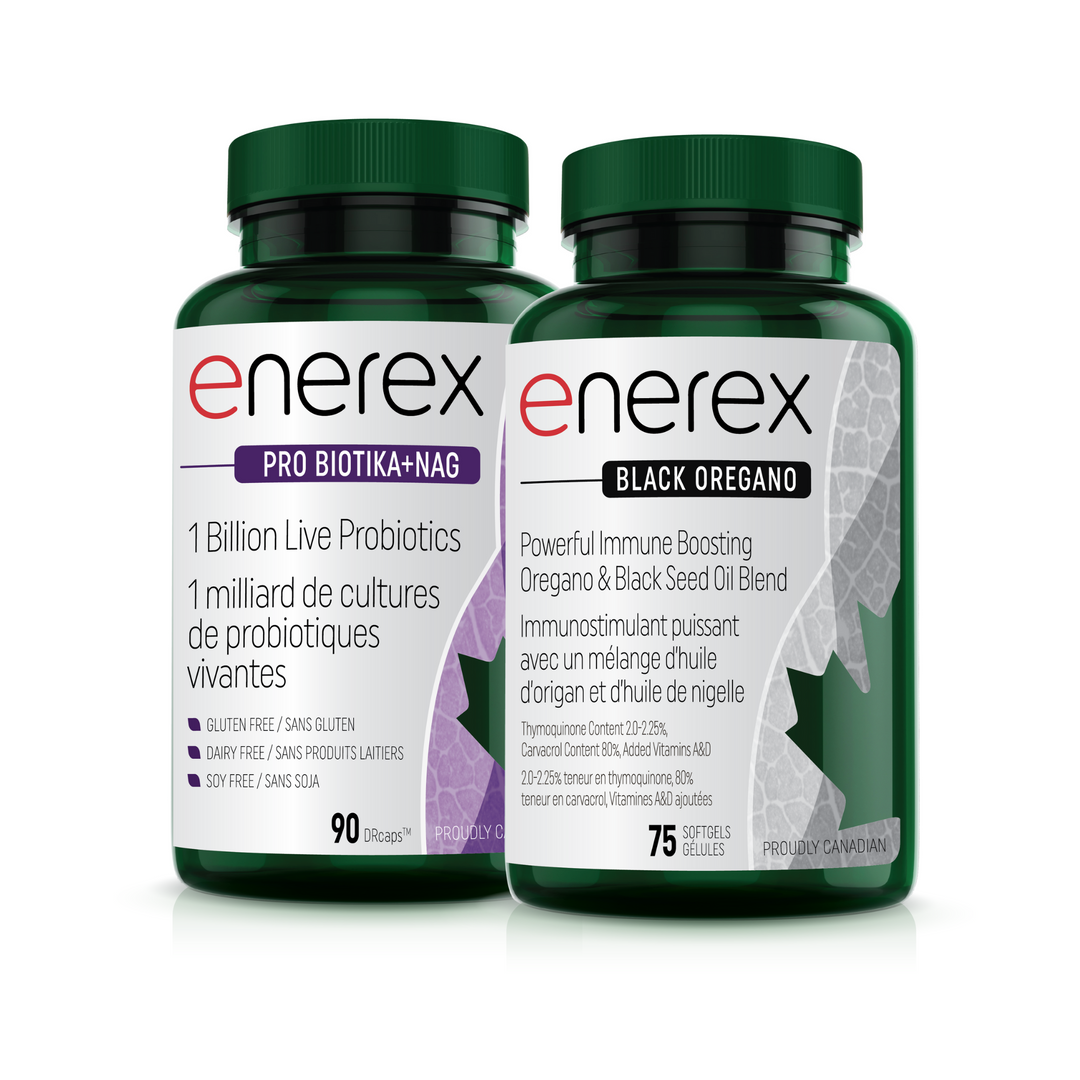
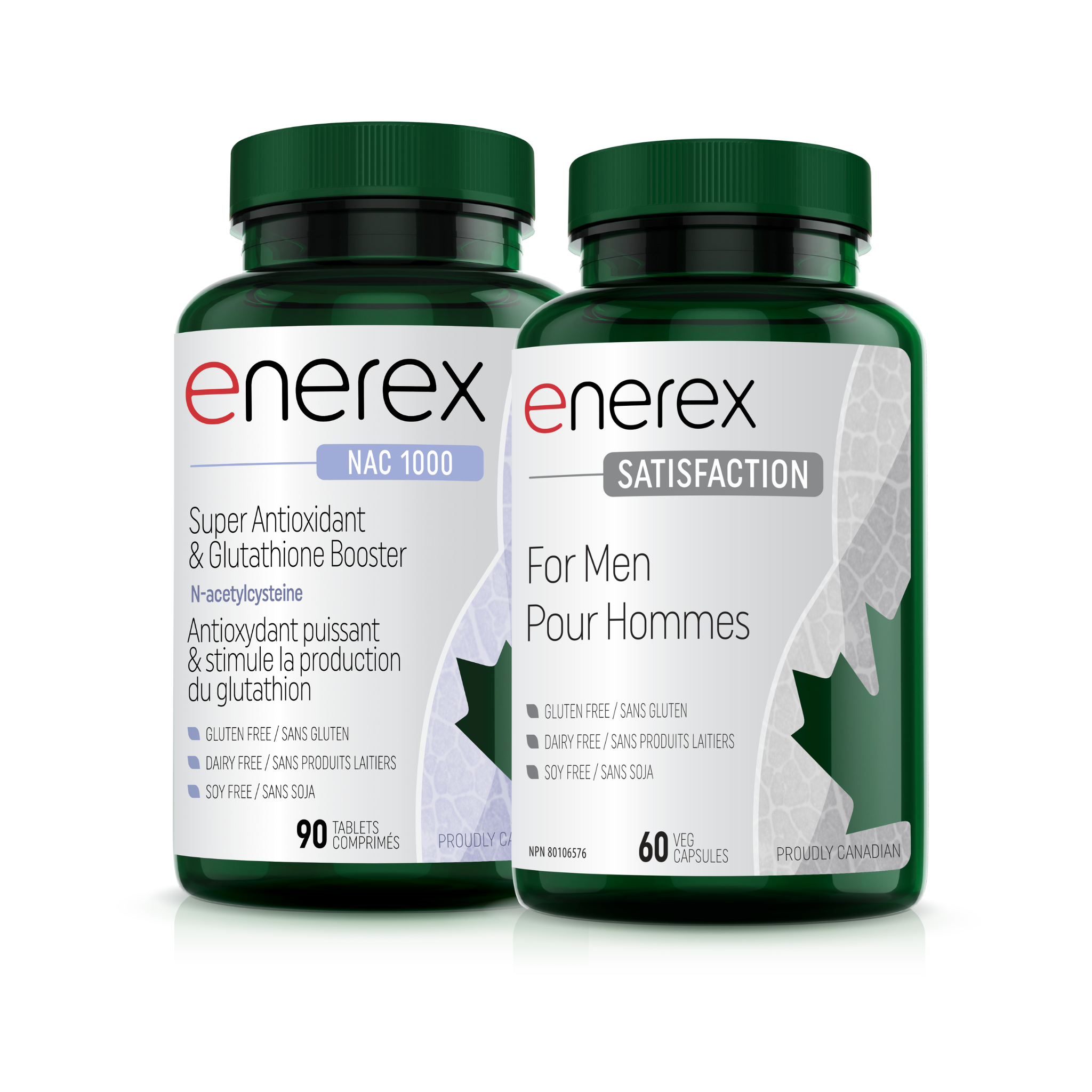
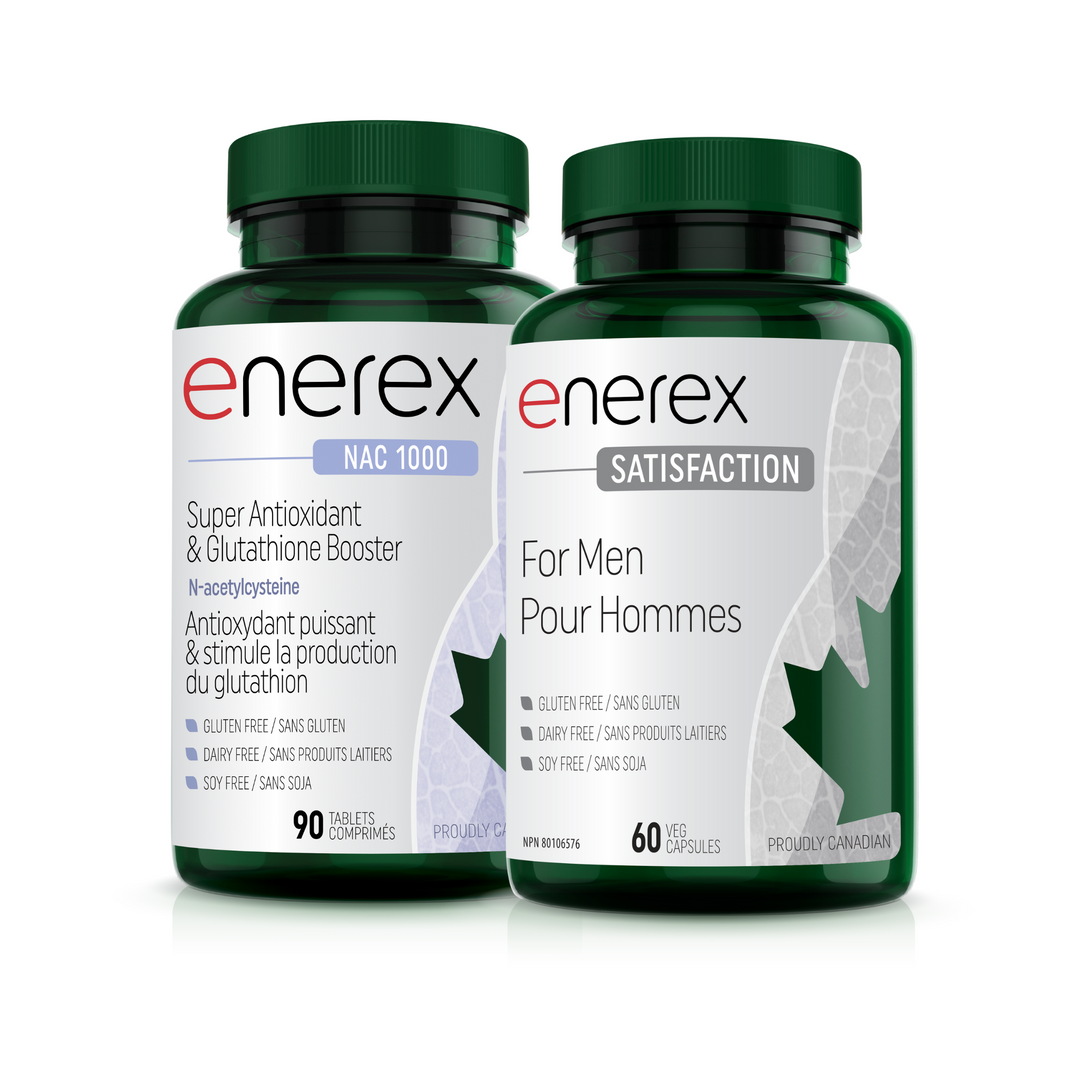
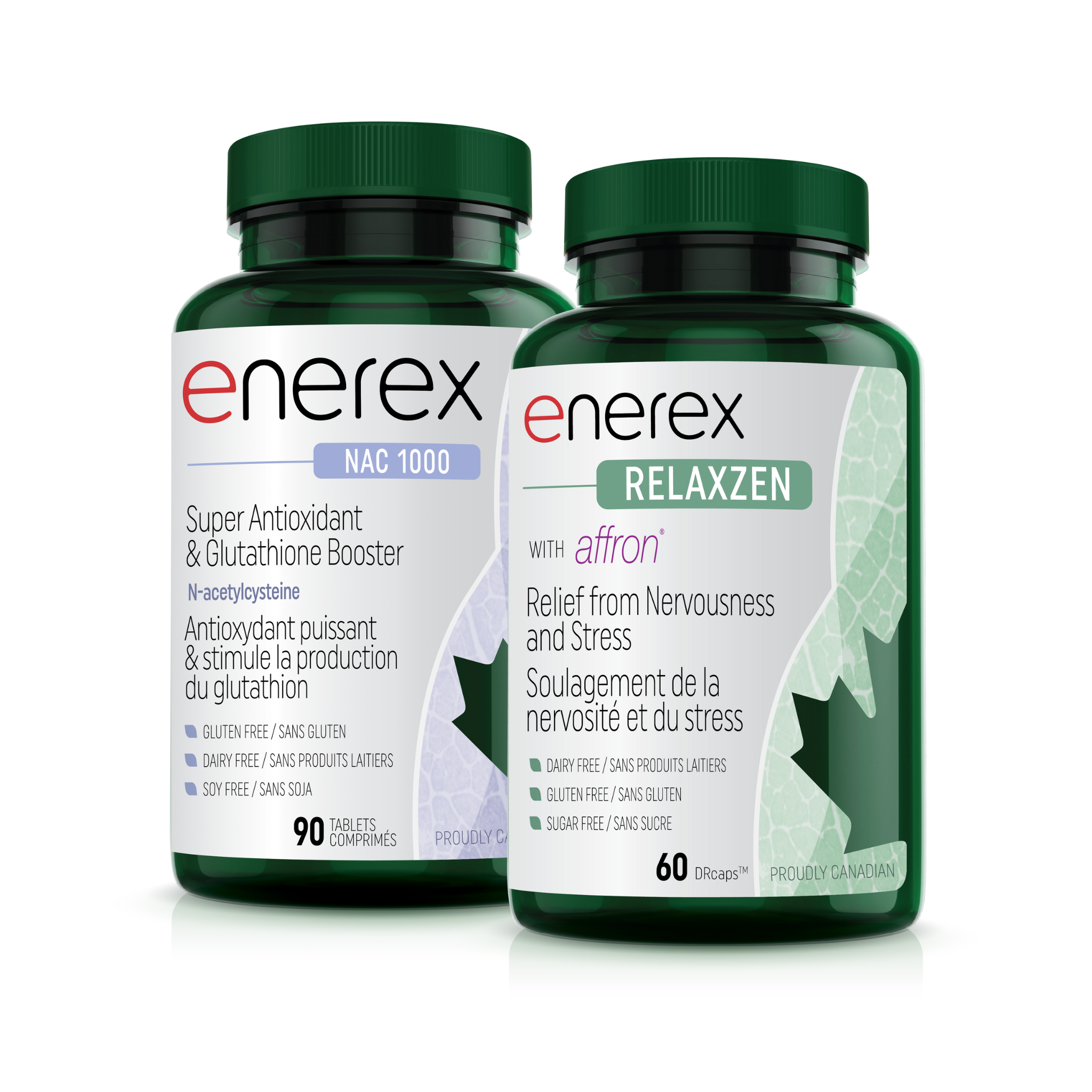
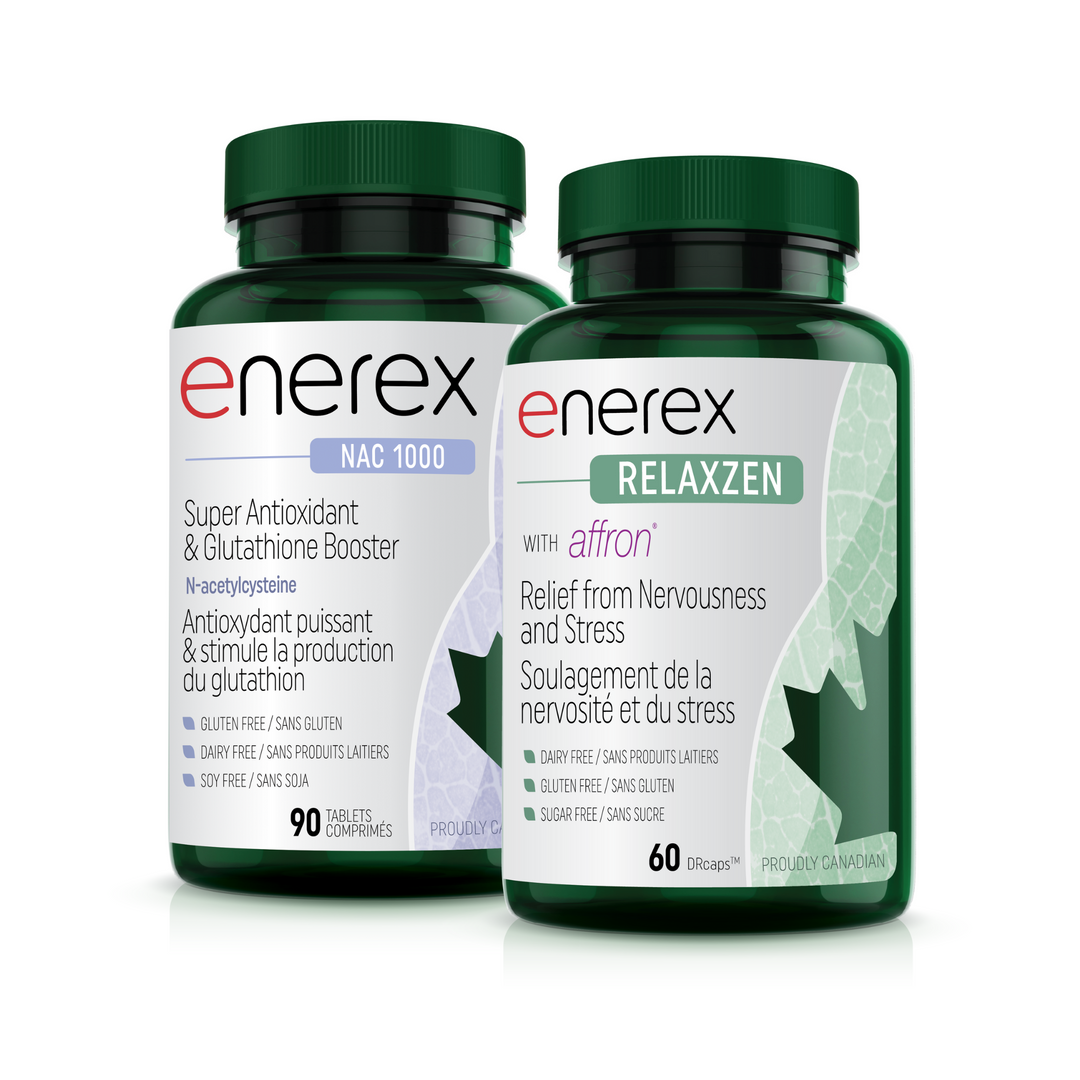

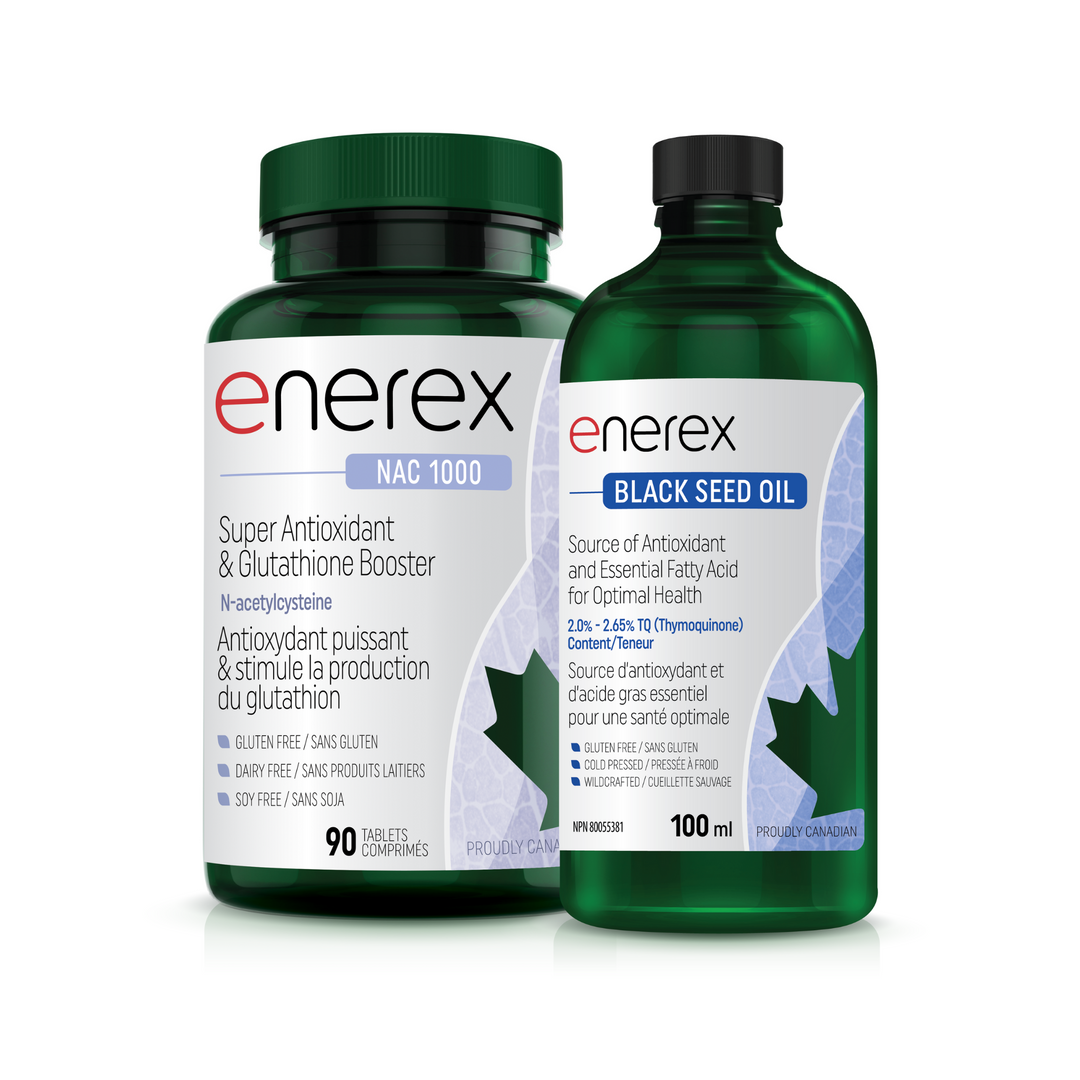
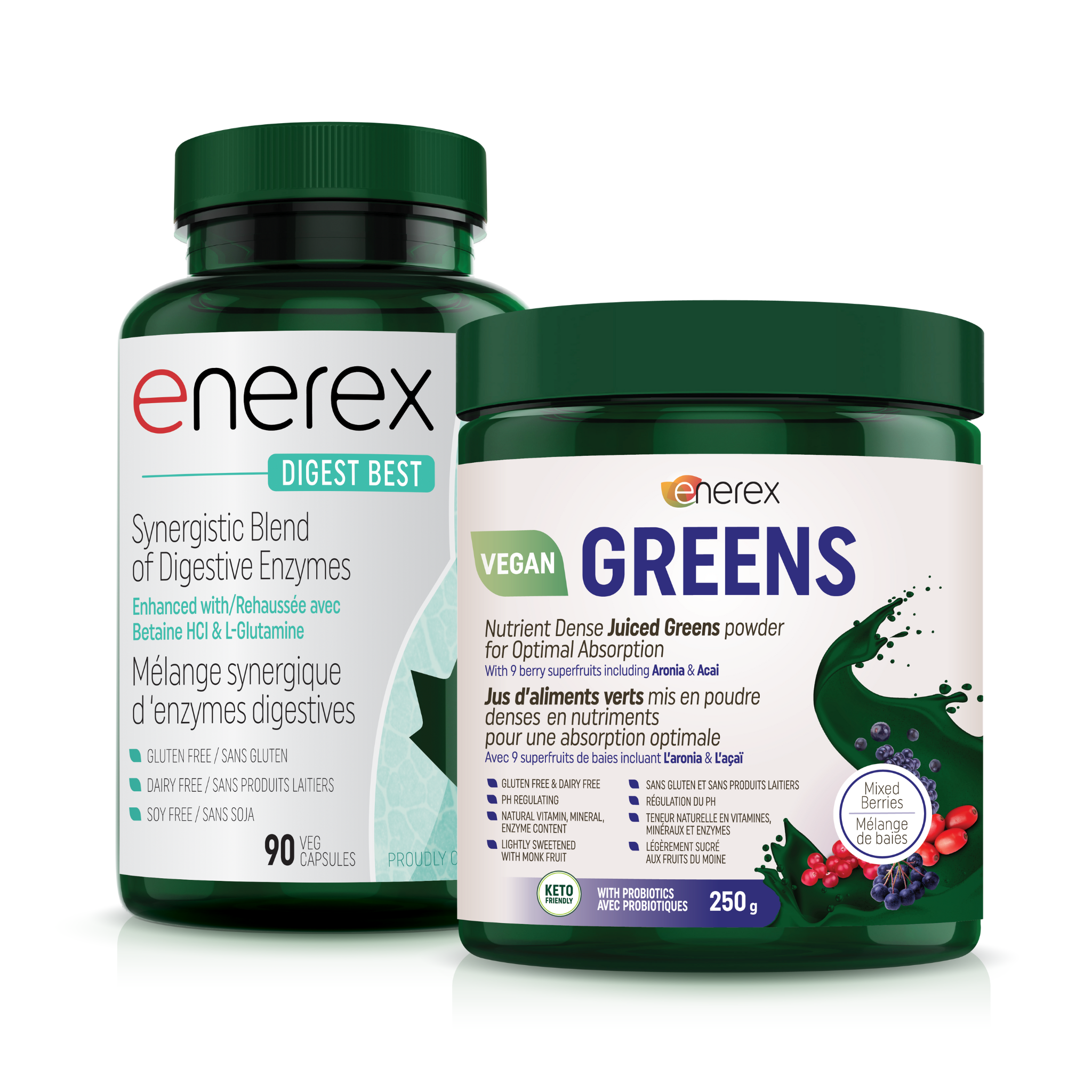
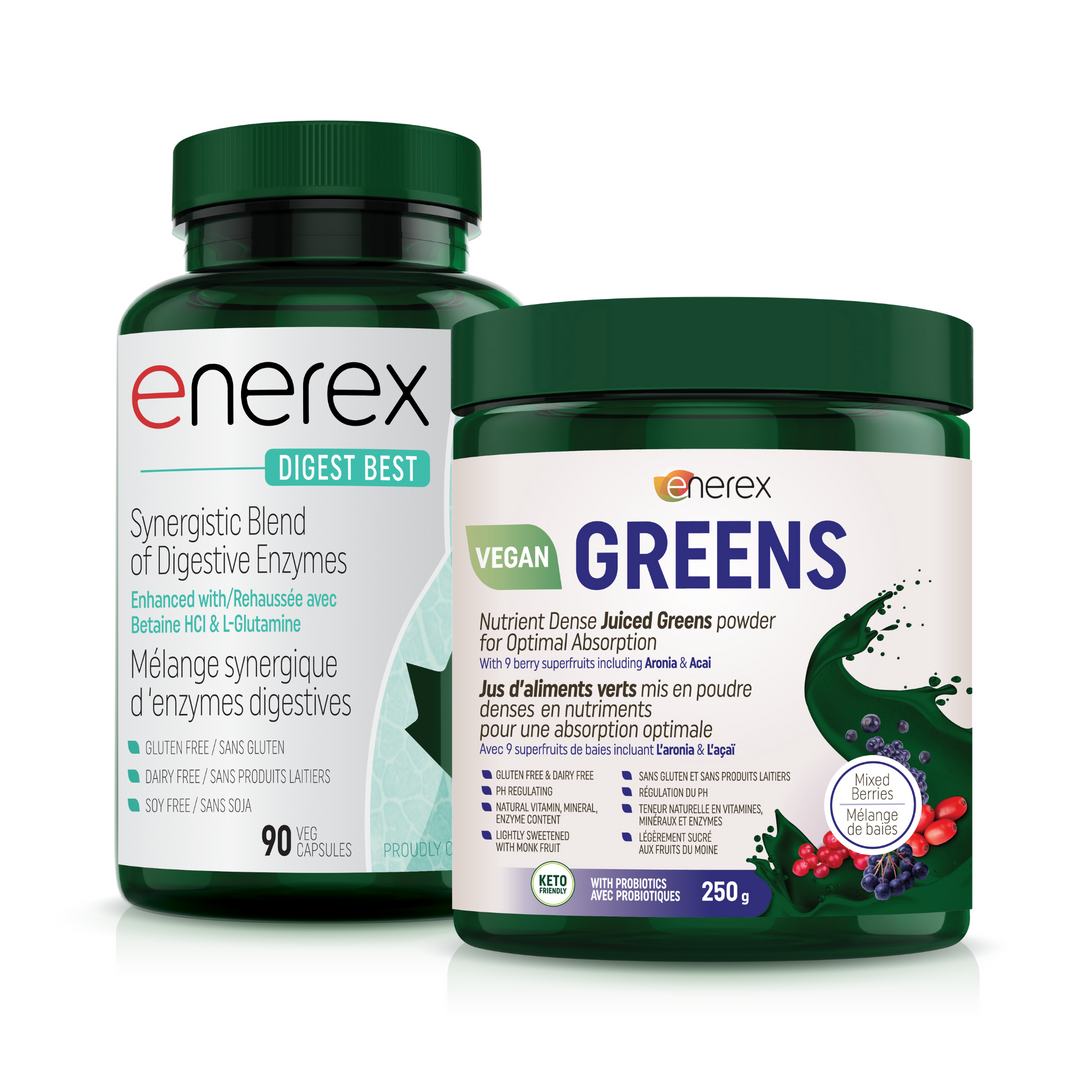
Leave a comment